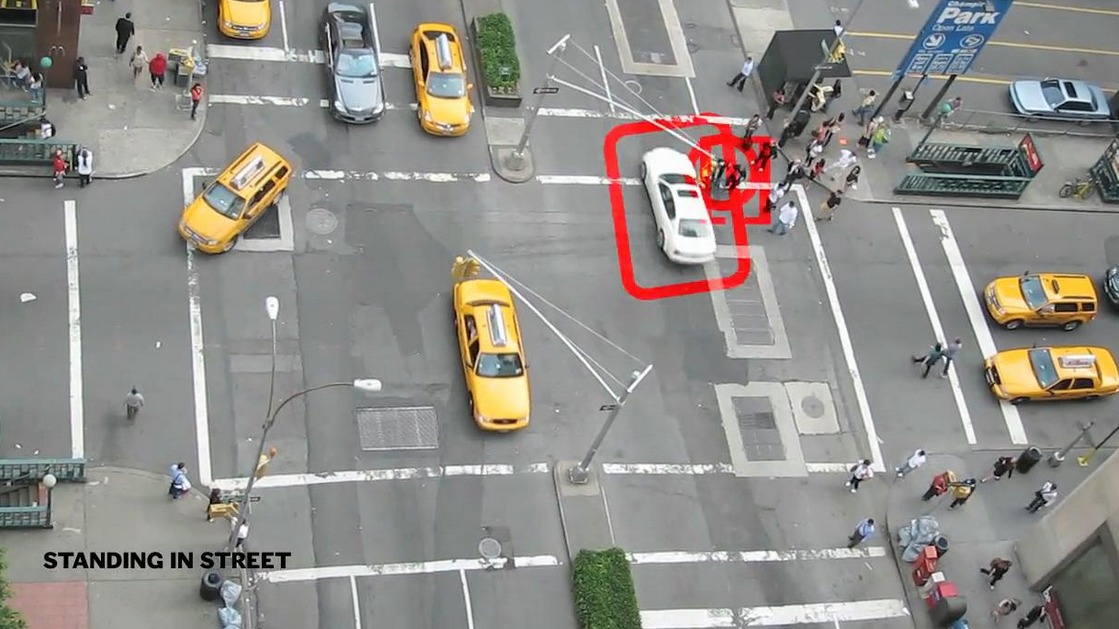Find a spot needing improvement
Find a spot that needs improvement, observe and document problems, measure or sketch it, and propose one safe, practical improvement.



Step-by-step guide to find a spot needing improvement
Drawing Exercises Guaranteed to Improve Your Drawing Skills
Step 1
Choose one small spot in your home yard or classroom that you think needs improvement.
Step 2
Walk to the spot and look closely at everything in and around it.
Step 3
Write down up to three problems you see at that spot on your paper.
Step 4
For each problem write one short sentence explaining how it makes the spot less safe or useful.
Step 5
Draw a simple sketch of the spot on your paper showing where things are.
Step 6
Use your ruler to measure the main lengths and mark those numbers on your sketch.
Step 7
Put sticky notes or labels on your sketch to point to each problem you listed.
Step 8
Write three different ideas that could fix or improve the spot.
Step 9
Pick the one idea that is safest and most practical and circle or underline it.
Step 10
Make a short materials list for the chosen idea on your paper.
Step 11
Write one safety instruction that explains how an adult should help with the improvement.
Step 12
Share your finished sketch plan and notes on DIY.org.
Final steps
You're almost there! Complete all the steps, bring your creation to life, post it, and conquer the challenge!


Help!?
I don't have sticky notes or a ruler—what can I use instead?
Use small torn pieces of paper taped onto your sketch as labels in place of sticky notes and measure the main lengths with a piece of string or a measuring tape or by comparing to a standard sheet of paper as a ruler.
My measurements keep changing or my labels fall off—what should I do?
Double-check each main length by measuring twice and writing the numbers directly on the sketch with pencil, and secure your sticky notes or paper labels with a bit of tape so they don't move while you point to each problem.
How can I change this activity for younger or older kids?
For younger children simplify to finding one problem, drawing a basic sketch, and placing one label, while older kids should measure to scale, write a full materials list, and draft the adult safety instruction before sharing on DIY.org.
How can we make the finished plan more useful or fun?
Build a small cardboard or shoebox model of the spot using the chosen materials list, color-code the problems on your sketch, take photos to upload with your DIY.org post, and add estimated material quantities to the paper.
Watch videos on how to find a spot needing improvement
20 EASY Drawing Tips For Beginners (to level up your skills FAST!)
Facts about basic engineering for kids
✏️ A quick sketch or photo plus one clear sentence usually explains a problem and solution faster than a long report.
📏 A tape measure, notebook, and camera are powerful tools — with them you can document most problems like a pro.
🛡️ Simple safety tweaks — non-slip surfaces, rounded edges, better sightlines — stop many common accidents before they happen.
🏙️ Small, low-cost changes (a bench, better lighting, or clearer signs) can make public spaces feel friendlier and be used more.
🕵️♀️ Watching how people use a place for 10–15 minutes often reveals hidden problems like blocked paths or worn spots.
How do I do the 'find a spot needing improvement' activity with my child?
What materials do we need to observe, measure, and propose an improvement?
What ages is this spot-improvement activity suitable for?
What are the benefits and safety tips for this improvement project?


One subscription, many ways to play and learn.
Only $6.99 after trial. No credit card required



